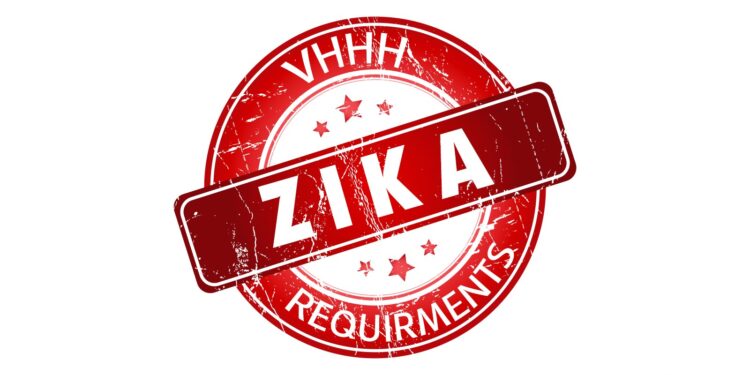VHHH Zika Virus Requirements – Part 1: Applicable Flights & Available Options

This business aviation blog post is part of a series on the new VHHH Zika requirements.
On March 8 Hong Kong authorities announced that Zika requirements would be implemented for all inbound aircraft effective April 26. As there’s no grace period associated this new regulatory requirement, operators must now be in compliance. Several different options are available to operators in order to comply with this mandate.
The following is an overview of what you need to know:
1. Zika compliance at VHHH
To comply with new Zika requirements at Hong Kong (VHHH), affected operators may do one of three options:
- Residual disinsection
- Non-residual disinsection
- Pre-flight and top of descent OR
- Blocks away
- On arrival disinsection
2. Impacted operations
Only operators arriving directly from a Category 1 or 2 Zika risk zone, as listed by World Health Organization (WHO), are subject to these disinsection requirements. Note that if you depart from a Category 1 or 2 zone but make an interim stop at a location not on the Zika list, disinsection is not required. As WHO makes updates to their site from time to time it’s important to refer to the latest list prior to departure, as this list may change at a moment’s notice. For example, the U.S. as a whole is listed on WHO’s website as a Zika infected area. To determine if a country is Category 1 or 2 see the WHO website.
No further procedures are required for departure from VHHH.
3. Residual disinsection
If you choose the residual disinsection option, treatment of the aircraft will be needed once every two months. This must be done prior to arrival at VHHH with a copy of the certificate emailed in advance and kept onboard. While residual disinsection is a more costly option than one-time disinsection, operators that frequently travel to VHHH will find their administrative and operational workload is less.
4. Non-residual disinsection options
You have the 1) pre-flight and top of descent spraying procedures and 2) blocks away spraying procedures. In both cases, treatment must be done with an approved aerosol spray.
5. On arrival disinsection
On arrival disinsection is an option, but arrangements need to be made in advance, and this option could potentially cause delays as the aircraft needs to be in remote parking.
6. Approved disinsection sprays
While there’s no specific brand of aerosol spray you must use, it needs to be of a particular chemical composition. Information on this is found in the ingredient list under technical guidelines which you can find on the VHHH Port Health Office website:
Note that this type of spray is generally not available in the U.S. and is only stocked in limited quantities at VHHH. If you fly to VHHH on a regular basis, it’s best to keep a stock of the necessary spray, especially if you reside in a country that does not permit use/sale of these sprays.
7. Other guidelines published by authorities
Beyond the technical guidelines which outline much of the information you need, authorities have also published the Administrative guidelines which will give you additional information you need for the new Zika requirements in VHHH.
Conclusion
To avoid issues and possible delays upon arrival at VHHH it’s important to be aware of all Zika disinsection requirements and available options. Ensure that you check the WHO site for Category 1 and 2 Zika infected areas, and familiarize yourself with the published technical and administrative guidelines, to ensure you’re aware of all procedures that must be followed.
Stay tuned for Part 2, which covers additional considerations regarding the new Zika requirements for operations to VHHH.
Questions?
If you have any questions about this article or would like assistance operating to VHHH, contact me at sarahkalmeta@univ-wea.com.




